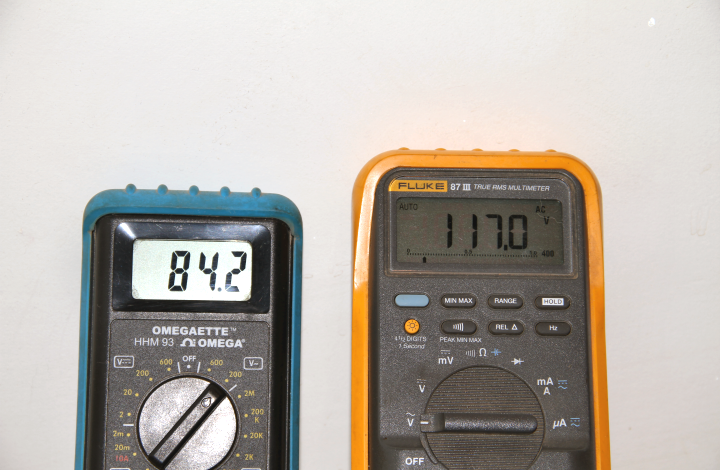True RMS vs. Average Power Sensors: Key Differences Explained

When it comes to RF and microwave measurements, selecting the right power sensor can directly impact your test accuracy and efficiency. Two of the most common types are True RMS power sensors and average power sensors. While they may seem similar at first glance, their underlying measurement principles and use cases are quite different.
In this blog, we’ll break down the core differences between True RMS and average power sensors, highlight where each type is best applied, and explain why precision applications increasingly favor True RMS technology.
What is a True RMS Power Sensor?
A True RMS (Root Mean Square) power sensor accurately measures the power of complex signals, regardless of waveform shape, duty cycle, or modulation type. It uses thermal or diode-based detection methods to compute the true root mean square value over a period of time, delivering a precise reading of the actual signal power.
This makes True RMS power sensors ideal for:
- Measuring modulated signals (e.g., 5G, Wi-Fi, radar)
- Handling varying crest factors
- Capturing accurate results in non-sinusoidal waveforms
- Applications requiring traceable average power over time
The LB579A 10 MHz to 18 GHz True RMS Power Sensor is an excellent example of this class, offering wide frequency coverage and consistent performance even in challenging test environments.
What is an Average Power Sensor?
An average power sensor calculates the average power over a waveform by assuming certain signal characteristics, such as a constant or predictable waveform shape. These sensors are typically based on diode detectors that respond to the envelope of the signal.
Average sensors work best for:
- Continuous Wave (CW) signals
- Simple, repetitive signals
- Basic test setups where modulation is minimal or known
- Lower-cost measurement solutions
However, for signals with high peak-to-average power ratios or rapidly changing modulation schemes, average sensors may underestimate or misrepresent actual signal power.
Key Differences Between True RMS and Average Power Sensors
| Feature | True RMS Power Sensor | Average Power Sensor |
| Signal Type Compatibility | All waveforms (modulated, pulsed, complex) | Mostly CW or known signals |
| Measurement Accuracy | High, especially for modulated signals | Lower for complex waveforms |
| Crest Factor Handling | Accurate even with high crest factors | Less reliable with varying crest factors |
| Use Case | Wireless, radar, digital comms testing | Simple RF test setups |
| Cost | Typically higher | More cost-effective for basic use |
Why Choose True RMS?
As RF and microwave systems become more complex—with variable modulation schemes, time-varying signals, and high-frequency applications—the need for accurate, broadband measurement has never been more critical. True RMS sensors provide the confidence and traceability needed in modern lab and production environments.
The LB579A True RMS Power Sensor, for example, offers:
- 10 MHz to 18 GHz frequency range
- True RMS detection for unmatched accuracy
- Rugged build and high dynamic range
- Plug-and-play USB operation for easy integration
Conclusion: Get the LB579A from eFocus Instruments
Choosing the right power sensor can dramatically improve your measurement reliability. For demanding applications that involve modulated or complex waveforms, a True RMS Power Sensor like the LB579A is the best choice.
You can source the LB579A True RMS Power Sensor directly from eFocus Instruments, your trusted supplier for advanced electronic test and measurement solutions.



